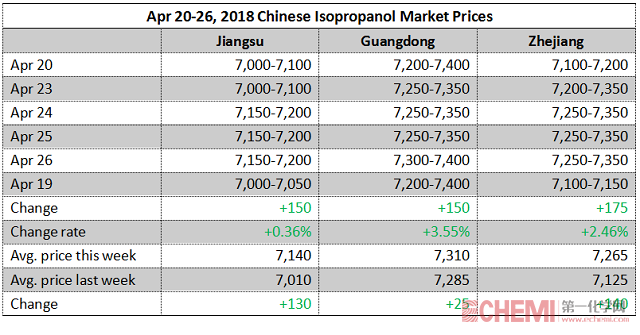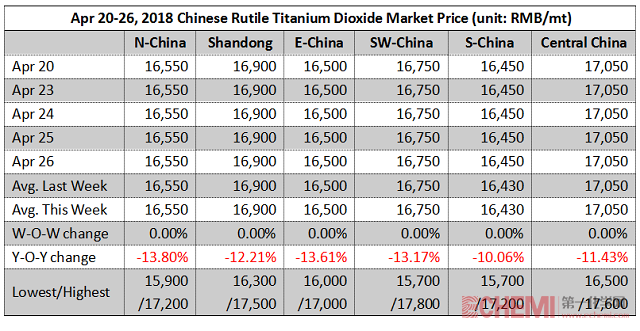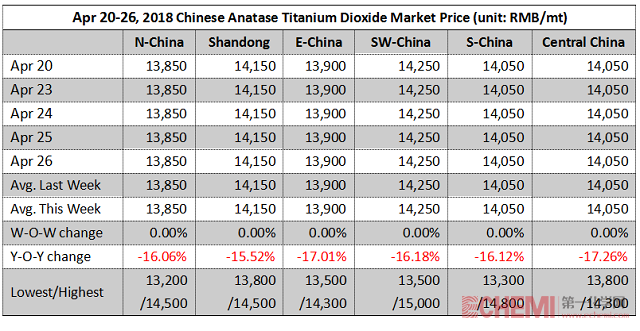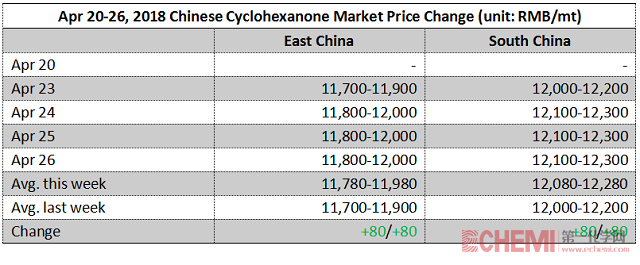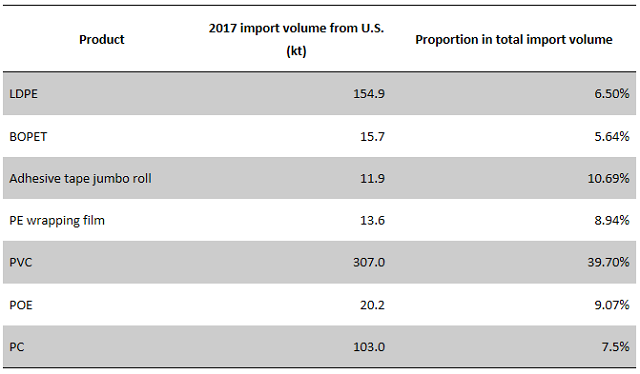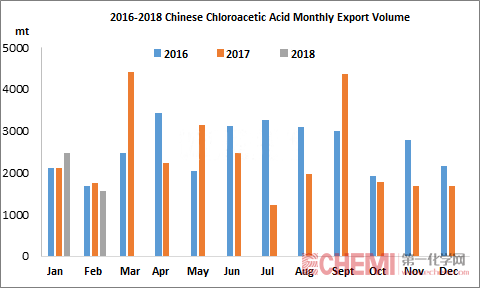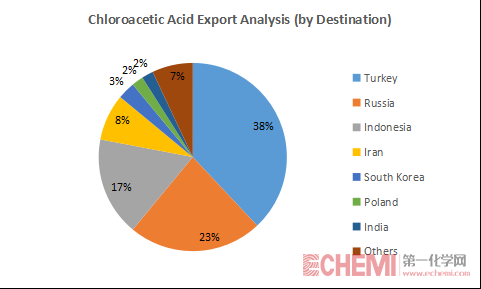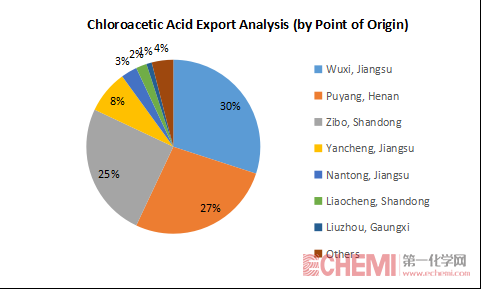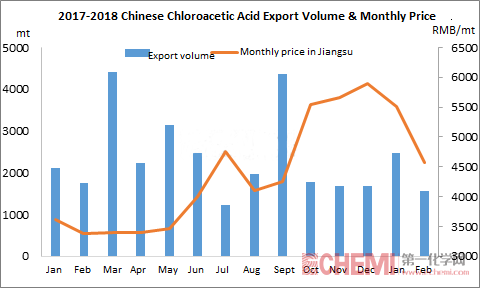China's proposed 45 percent tariff on US ethanol imports would block an estimated 20 million gallons/month of shipments, deal a blow to US producers' export ambitions and make China's own E10 target unreachable, according to S&P Global Platts Analytics.
quality Fertilizer on Echemi
US ethanol exports to China have been on the rise in recent months, despite an existing 30 percent tariff imposed in January 2017.Proposed 45 percent tariff could block 20 million gallons/month Drop in US imports would make China's E10 target impossible US ethanol group urges White House to expand domestic demand.
China proposed adding an additional 15 percent tariff in retaliation to US President Donald Trump's trade action targeting China's technology and manufacturing industries. The proposed hike was part of a wider statement by China's Ministry of Commerce listing 128 commodities representing $3 billion in trade that could be subject to duties.
"I think that would probably cut us off most of the time," Bruce Pickover, Platts Analytics' senior director for global biofuels, said of US ethanol exports to China.
While US ethanol producers defend their 15 billion gallons/year domestic mandate, they are looking to exports for growth, said Neelesh Nerurkar, a biofuels analyst for ClearView Energy Partners.
"They have been looking to overcome or reverse barriers that some of their largest markets adopted in 2017," he said. "This is not the direction they were looking for things to go."
And on China's side, the tariff hike would likely make it impossible to meet its own ambitious target to blend 10 percent ethanol into nationwide gasoline supplies by 2020, Pickover said. China currently blends about 2-2.5 percent.
China's E10 target
Pickover added that even without the higher tariff, China will likely fall short of the 10 percent target by 2020. "They claim they can do it without importing much ethanol, but we think that's not possible," he said.
The US exported 24.6 million gallons of ethanol to China in 2017, a sharp drop from the 198.1 million gallons sent in 2016 before the 30 percent tariff was imposed, according to Platts Analytics and US Department of Agriculture data. Most of the 2017 shipments--22.2 million gallons--happened in December when an arbitrage opened. The US sent no ethanol to China in January, however.
China was the 11th-leading destination for US exports in 2017, dropping from third place in 2016, according to Platts Analytics.
"The US has the cheapest ethanol in the world and has 10 markets where it sends more ethanol to than China," said Corey Lavinsky, Platts Analytics director of global biofuels. "If China adds more barriers to trade, there are still plenty of other destinations where the US can send its ethanol."
Bob Dinneen, president of the Renewable Fuels Association US ethanol trade group, said China's tariff retaliation was predictable. He urged the Trump administration to take steps to expand domestic ethanol demand in response.
Accusing the Environmental Protection Agency of "consistently and aggressively destructing biofuel demand," Dinneen said: "That must stop, and meaningful action to expand biofuel demand must begin by allowing the year-round use of E15 nationwide."
'Unnecessary barriers'
The ethanol industry was hoping recent talks on reforming the Renewable Fuel Standard would result in an EPA waiver allowing year-round sales of gasoline blended with 15 percent ethanol. While some refiners backed the proposal, they wanted a cap on Renewable Identification Numbers in return--something ethanol supporters refused.
Emily Skor, CEO of biofuel trade group Growth Energy, said China has been an important market for ethanol and distiller grains.
"We want to remove any of these unnecessary barriers as soon as possible," she said. "We will work closely with our government to keep this important market open to the benefit of both American agriculture and Chinese consumers."
China's ethanol imports surged to a 13-month high of 120,702 cubic meters in January, from 33 cubic meters in December, according to data from China's General Administration of Customs. Of China's 91,287 cubic meters of denatured ethanol imports in January, 91,283 cubic meters was imported from the US.
"The hike in import duty to 45 percent will kill the imports into China, much like it did in 2017," a trader said.
Chinese importers booked cargoes for Q1 2018 late in December and early in January when prices in the US were at multi-year lows and the arbitrage window to move the fuel from the US to China was open despite the existing 30 percent import duty, market sources said.
